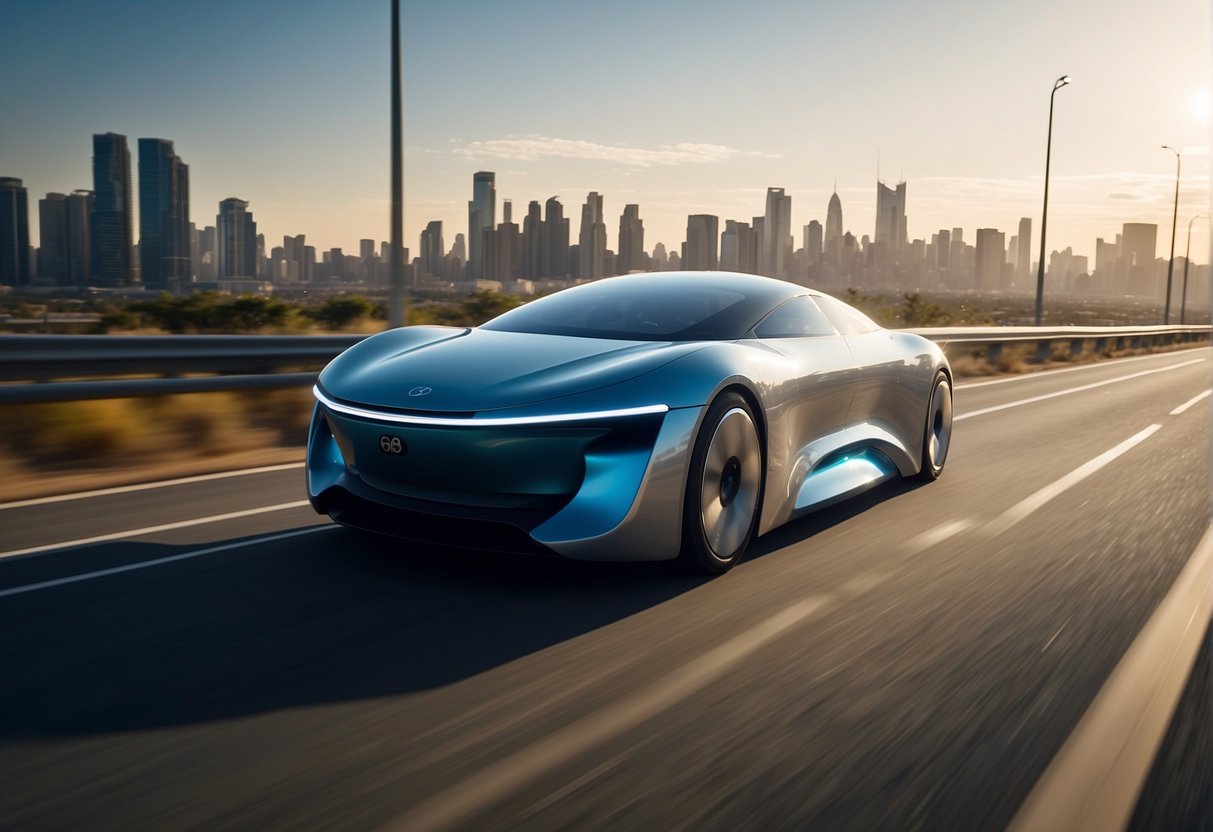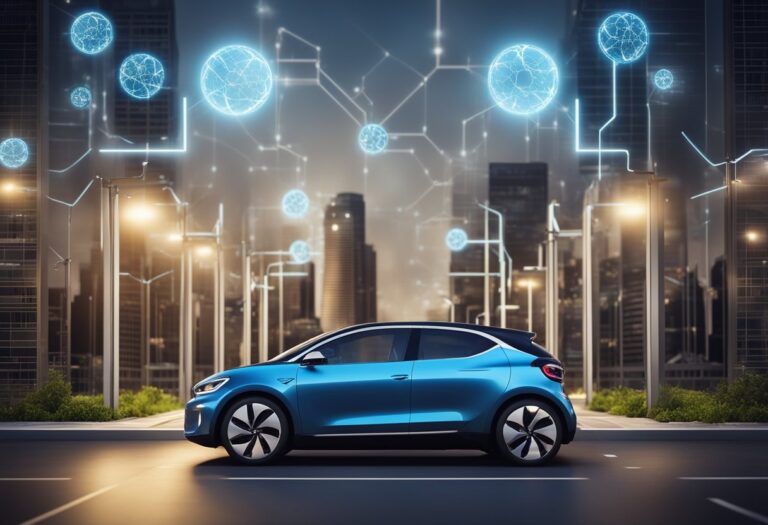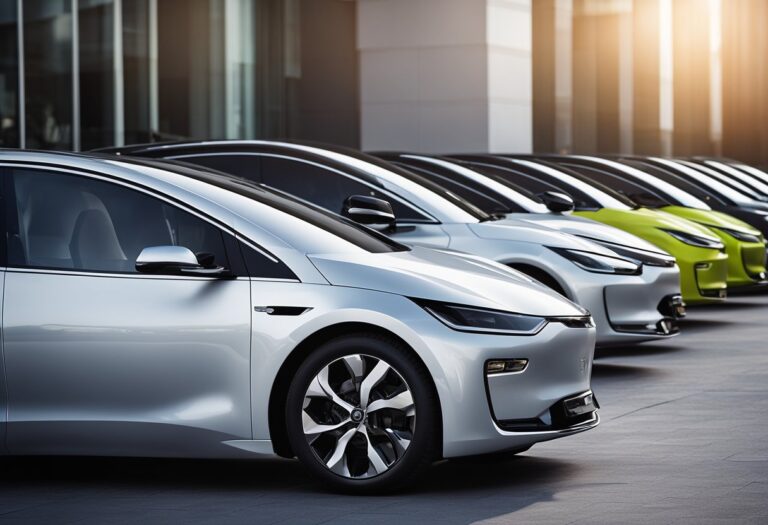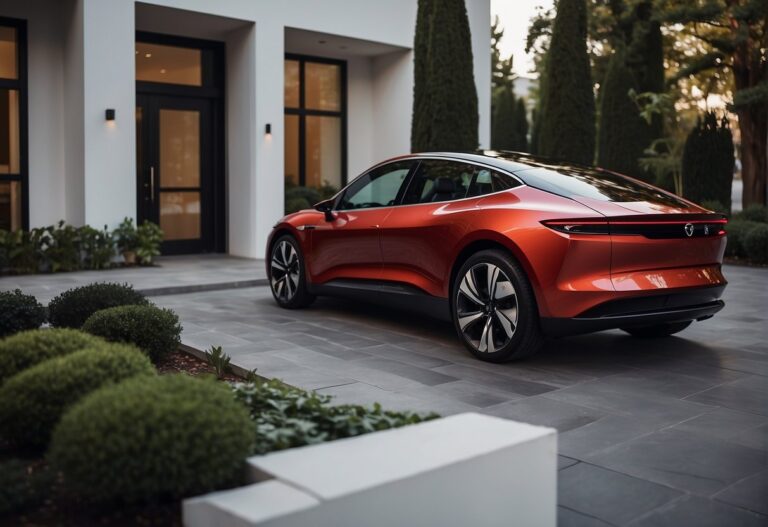Hydrogen fuel cell vehicles are gaining attention as a promising solution for sustainable transportation. These vehicles emit only water vapor and heat, making them a zero-emission alternative to conventional fossil fuel-powered vehicles. The urgency for more eco-friendly and efficient alternatives to fossil fuels underlines the necessity of hydrogen fuel cell vehicles in mitigating climate change.
Recent studies have shown that the cost of producing hydrogen from renewable electricity could fall 30% by 2030 as a result of declining costs of renewables and the scaling up of hydrogen production. This could make hydrogen fuel cell vehicles a more affordable and accessible option for sustainable transportation. Fuel cells, refueling equipment, and electrolysers can all benefit from mass manufacturing, which could further drive down costs.
Despite the potential of hydrogen fuel cell vehicles, there are also challenges that need to be addressed. For example, there are currently only a limited number of refueling stations available, which could limit the adoption of these vehicles. Additionally, the production of hydrogen itself requires energy, and the source of that energy is important in determining the overall sustainability of the fuel cell vehicle. Nonetheless, the future of hydrogen fuel cell vehicles looks promising, and they could have a significant impact on sustainable transportation and climate change mitigation.
Technological Foundations and Advancements
Understanding Fuel Cell Technology
Fuel cells are electrochemical devices that convert chemical energy from fuels into electrical energy. Fuel cell technology has emerged as a promising alternative to traditional combustion engines, offering clean, efficient, and high-performance power sources for vehicles. Proton exchange membrane fuel cells (PEMFCs) are the most widely used in automotive applications due to their high energy efficiency, low operating temperature, and fast start-up time.
PEMFCs use hydrogen gas as a fuel and oxygen from the air to generate electricity. Hydrogen molecules are split into protons and electrons through a process called electrolysis. The protons pass through a membrane, while the electrons are used to generate electrical power. The protons and electrons combine with oxygen from the air to form water, which is the only byproduct of the reaction.
Current State of Hydrogen Production
Hydrogen is the most abundant element in the universe, but it is not found in its pure form on Earth. It must be extracted from other compounds, such as water or natural gas, through a process called electrolysis. The current state of hydrogen production is heavily dependent on natural gas, which is a non-renewable resource.
However, research and development efforts are underway to improve the efficiency and sustainability of hydrogen production. One promising method is the use of renewable energy sources, such as wind or solar power, to power the electrolysis process. This would allow for the production of hydrogen without any carbon emissions.
Advances in Fuel Cell Electric Vehicles
Fuel cell electric vehicles (FCEVs) are electric vehicles that use fuel cell systems as a single power source. FCEVs offer several advantages over traditional combustion engines and battery electric vehicles, including longer driving range, faster refueling times, and zero emissions.
Advancements in fuel cell technology have led to improvements in energy efficiency, durability, and cost-effectiveness. Researchers are also exploring new materials and designs for fuel cells to improve their performance and reduce their size and weight.
Overall, the future of hydrogen fuel cell vehicles looks promising, with continued research and development efforts focused on improving the efficiency and sustainability of hydrogen production, as well as advancements in fuel cell technology.
Impact on Transportation and Environment
Fuel Cell Vehicles in the Transportation Sector
Hydrogen fuel cell vehicles (HFCVs) are a promising technology in the transportation sector. They offer a sustainable alternative to traditional internal combustion engine vehicles and battery electric vehicles (BEVs). HFCVs use hydrogen as fuel, which is converted into electricity through a chemical reaction in the fuel cell. This process produces only water vapor and heat, making HFCVs a zero-emission vehicle.
Currently, HFCVs are used mainly in light-duty vehicles, such as cars and buses. However, there is potential for HFCVs to be used in heavy-duty vehicles, such as trucks and trains. The technology is still in its early stages, but with ongoing research and development, HFCVs could become a viable option for the transportation sector.
Environmental Benefits and Challenges
HFCVs have the potential to significantly reduce greenhouse gas emissions in the transportation sector. The production of hydrogen from renewable energy sources, such as wind and solar power, can result in low-carbon or even zero-carbon hydrogen. This is known as green hydrogen. However, the production of hydrogen from fossil fuels, such as natural gas, results in carbon emissions. This is known as blue hydrogen.
While HFCVs offer environmental benefits, there are also challenges to their adoption. The production, storage, and transportation of hydrogen require significant infrastructure investments. Additionally, the cost of producing hydrogen from renewable sources is currently higher than producing hydrogen from fossil fuels. However, as the demand for green hydrogen increases, the cost is expected to decrease.
Comparison with Other Sustainable Energy Sources
When comparing HFCVs with other sustainable energy sources, such as BEVs, there are pros and cons to each technology. BEVs have a simpler infrastructure and are currently more widely available than HFCVs. They also have a lower cost of ownership, as the cost of electricity is generally lower than the cost of hydrogen.
On the other hand, HFCVs have a longer driving range and faster refueling time than BEVs. They also have the potential to store excess renewable energy through the production of hydrogen, which can be used to power the vehicle or injected back into the grid. This makes HFCVs a potential solution for the challenges of intermittent renewable energy sources.
In conclusion, HFCVs have the potential to make a significant impact on sustainable transportation and the environment. While there are challenges to their adoption, ongoing research and development could make HFCVs a viable option for the transportation sector.
Frequently Asked Questions
How do hydrogen fuel cell vehicles contribute to reducing carbon emissions?
Hydrogen fuel cell vehicles are considered a promising alternative to traditional combustion engine vehicles because they emit only water vapor and heat, making them a zero-emission vehicle. This makes them a key solution in reducing greenhouse gas emissions from the transportation sector, which is responsible for a significant portion of global emissions.
What are the challenges in scaling up hydrogen production for fuel cell vehicles?
One of the main challenges in scaling up hydrogen production for fuel cell vehicles is the cost of production. Currently, most hydrogen is produced from natural gas, which is a fossil fuel. However, there are alternative methods for producing hydrogen, such as electrolysis, which uses renewable energy sources to split water molecules into hydrogen and oxygen. Another challenge is the development of a hydrogen infrastructure, including production, storage, and distribution.
Can hydrogen fuel cell technology become cost-competitive with traditional combustion engines?
Hydrogen fuel cell technology has the potential to become cost-competitive with traditional combustion engines, especially as the technology continues to improve and production costs decrease. However, currently, the cost of producing hydrogen is still relatively high, and the infrastructure required to support widespread adoption of fuel cell vehicles is not yet fully developed.
What infrastructure developments are necessary to support widespread adoption of hydrogen fuel cell vehicles?
To support widespread adoption of hydrogen fuel cell vehicles, the development of a comprehensive hydrogen infrastructure is necessary. This includes the production, storage, and distribution of hydrogen, as well as the development of fueling stations and the integration of fuel cell vehicles into existing transportation networks.
How does the efficiency of hydrogen fuel cell vehicles compare to electric battery vehicles?
Hydrogen fuel cell vehicles and electric battery vehicles both offer zero-emission transportation solutions. However, hydrogen fuel cell vehicles have the advantage of longer driving ranges and faster refueling times, while electric battery vehicles have the advantage of lower costs and more developed infrastructure.
What are the safety concerns associated with hydrogen fuel cell vehicles and how are they being addressed?
Hydrogen fuel cell vehicles are subject to safety concerns related to the handling and storage of hydrogen, which is a highly flammable gas. However, fuel cell vehicles are designed with safety features such as pressure relief devices and sensors to detect leaks. Additionally, safety standards and regulations are in place to ensure the safe handling and transportation of hydrogen.



